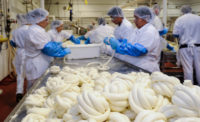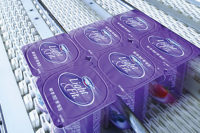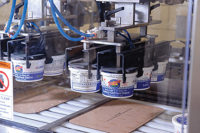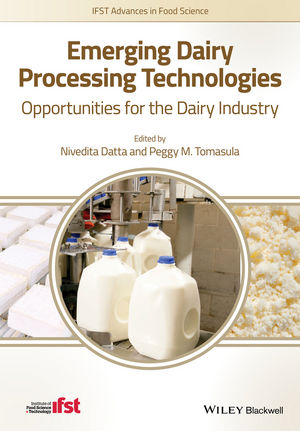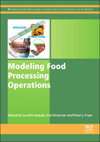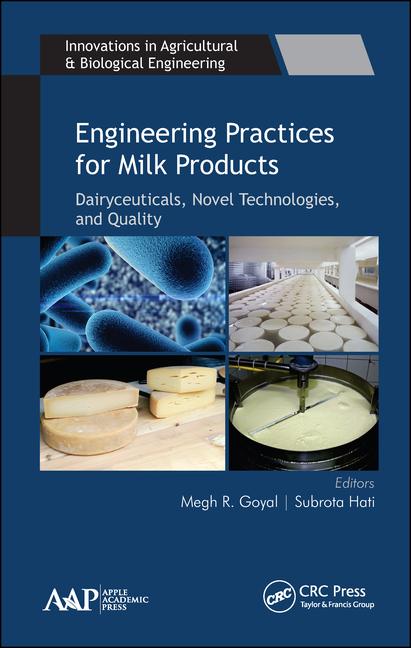Tillamook: a look inside the plant
There are no secrets to making award-winning cheeses. Just buy the freshest milk and hire the best cheesemakers. Tillamook invites tourists to see the process from an observation deck inside the processing plant.

All dairy products pass through the sensory lab run by Dairy Products Quality Manager Jill Allen in Tillamook, Ore. She and her staff of six evaluate samples from the first and last blocks of cheese from each vat from each production run made here and at a plant in Boardman. They also sample yogurt, which is packaged under license, and ice cream (made by Tillamook). All photos by Lynn Howlett Photography









The Tillamook County Creamery Association, formed in 1909, is a dairy cooperative of about 105 farmers in Tillamook County. |
It is bad enough to have one co-worker looking over your shoulder while you are trying to do your job. Imagine total strangers watching you work. That’s the situation in Tillamook, Ore., where, over the course of a year, 1 million tourists stop at the Tillamook County Creamery Association factory, climb the steps to a second-story observation deck, and watch the cheesemaking process unfold below them.
When they have seen enough, visitors return downstairs to order a grilled cheese sandwich in the Creamery Cafe restaurant, sample ice cream from a dipping parlor or pick up squeaky cheese (fresh curds) and souvenirs in the gift shop. The visitors’ center is one of the top tourist attractions in the state.
The Tillamook County Creamery Association, formed in 1909, is a dairy cooperative of about 105 farmers in Tillamook County. In the early days, cheese was made at several creameries throughout the county, sometimes at the dairy farm for convenience. As roads improved and trucks replaced horse-drawn wagons, many of the creameries consolidated their operations. In 1949, the co-op opened a 175,000-square-foot cheesemaking plant in Tillamook, which was centrally located.
Over time, as the demand for Tillamook cheeses expanded, the cooperative enlarged the production and warehouse areas. Tillamook has added to and upgraded the facility to stay current with manufacturing requirements. It built a new cheesemaking room in 1990, with an automated cheddaring system, new vats, block-forming towers and a rapid-cool system. The facility also manufactures ice cream and whey powders. It is a testament to the construction practices of more than 60 years ago that parts of the 1949 plant are still in use.
Good cheese starts with good milk. Every day, 28 to 30 tankers deliver milk from Tillamook’s farmer-owner members. The facility has five 25,000-gallon silos and three 30,000-gallon silos for cheese production. For ice cream production, there are two 10,000-gallon cream silos. Supplementary milk and cream is sourced outside the co-op, as needed, to keep production at capacity to meet consumer demand.
Looking for a reprint of this article?
From high-res PDFs to custom plaques, order your copy today!





